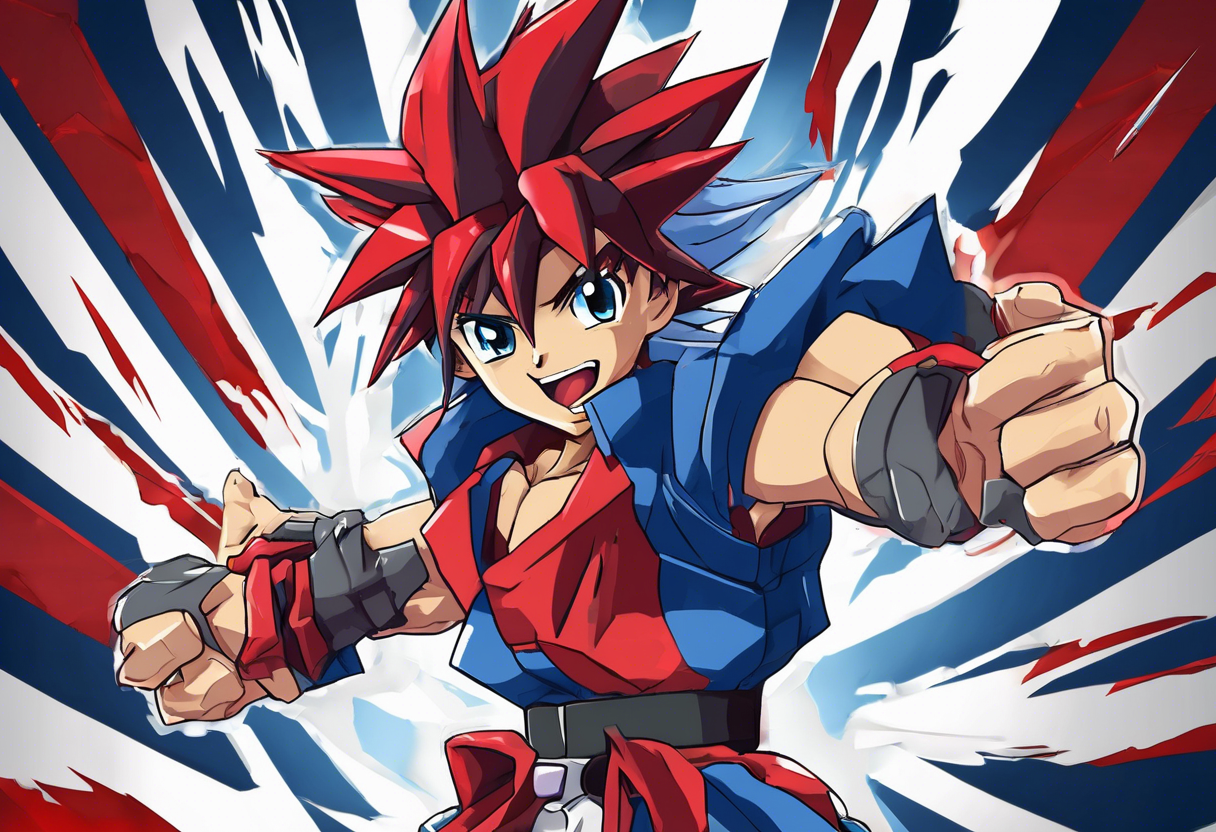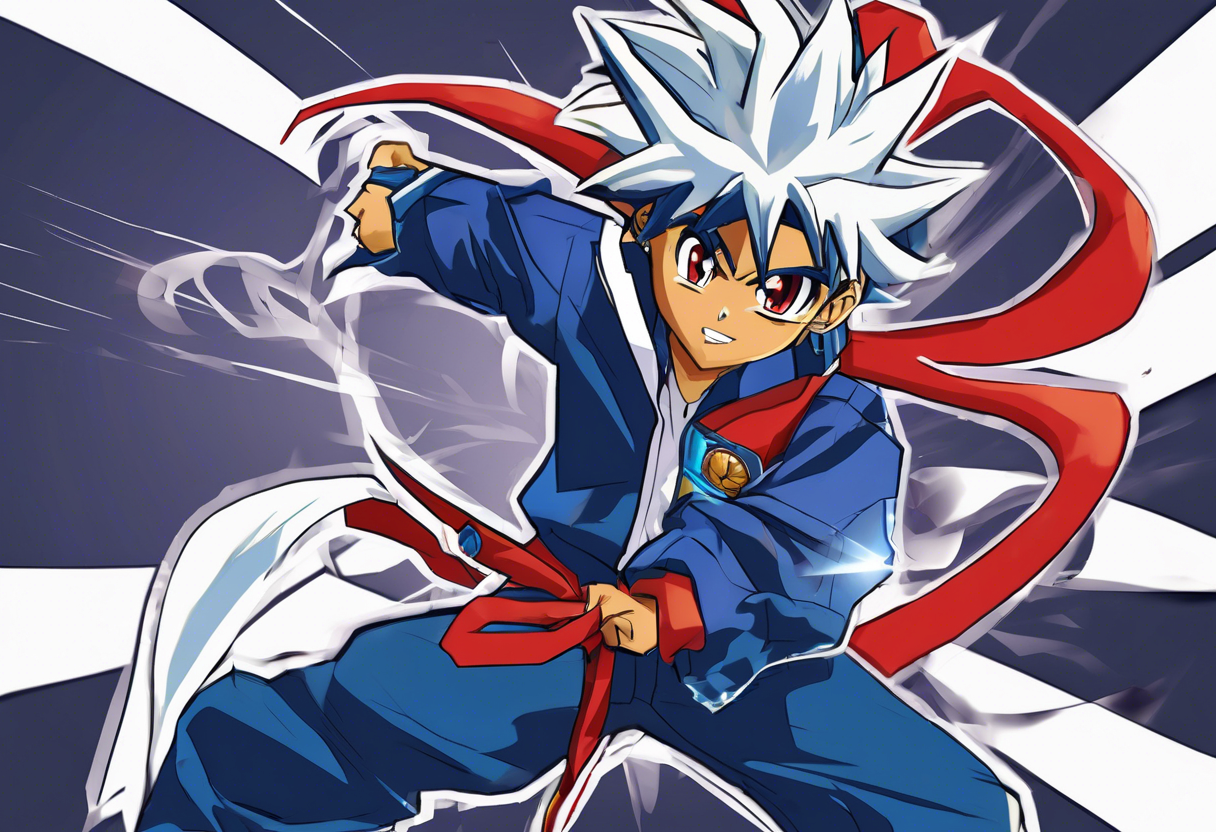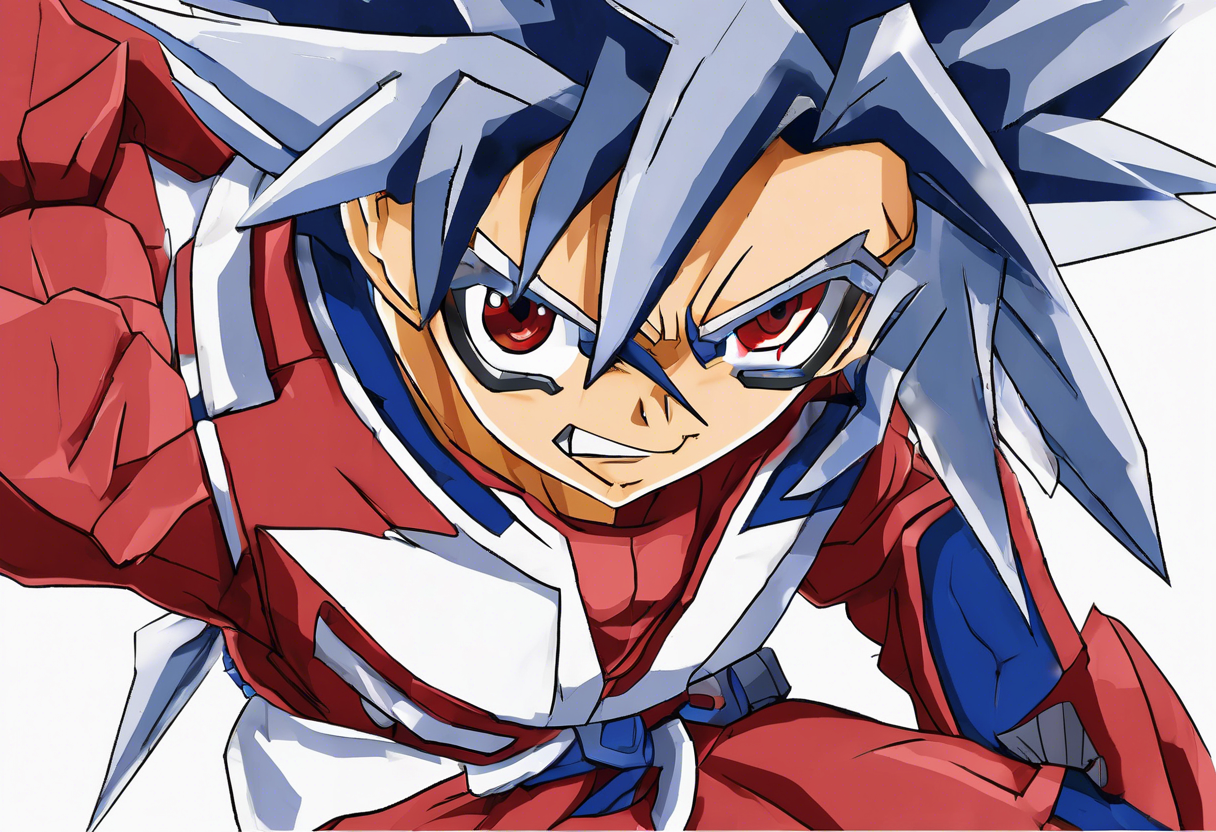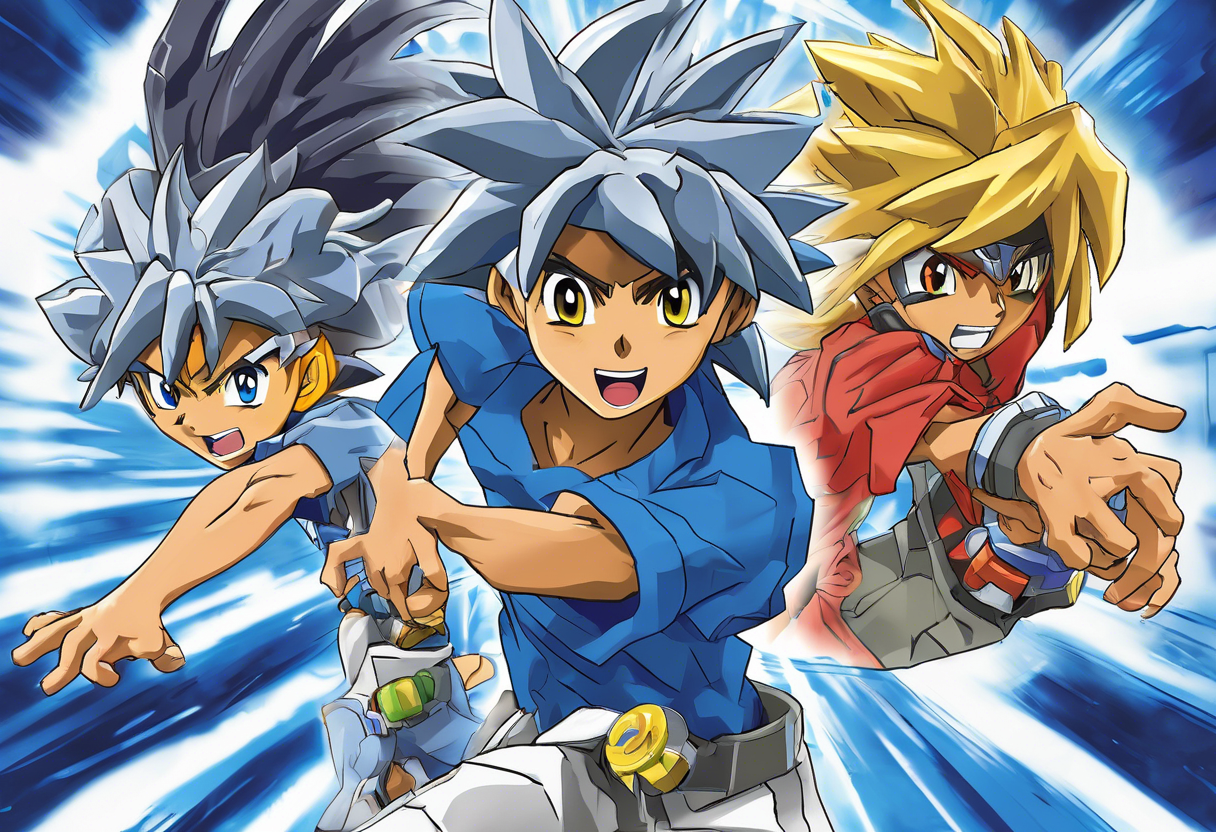Contents
Beyblade (2001) – Episode 1: The Blade Raider
Introduction
The anime series "Beyblade," which premiered on January 8, 2001, on TV Tokyo in Japan, is based on the manga of the same name by Takao Aoki. The first episode, "The Blade Raider," sets the stage for the entire series, introducing viewers to the world of competitive Beyblading. Produced by Madhouse and directed by Toshifumi Kawase, the series was written by a team of writers including Junki Takegami and Atsushi Maekawa, with Hiroyuki Koizumi serving as the producer[2][4].
"The Blade Raider" is significant within its genre for its unique blend of adventure, comedy, and sports elements, centered around the high-energy world of spinning tops known as Beyblades. This episode marks the beginning of a journey for the main characters as they strive to become the greatest Beybladers in the world.
Plot Summary
The first episode of "Beyblade" introduces us to Tyson Granger, a 13-year-old boy who is passionate about Beyblading. Tyson, also known as Takao Kinomiya in the Japanese version, lives in Tokyo and is part of a group of friends who share his enthusiasm for the sport. The episode begins with Tyson returning home after the Bladebreakers’ victory in the Asian Beyblade Championship. His return is met with significant media attention, and he finds himself on the front page of the news, which inflates his ego and makes him act like a rock star[1][4].
Tyson’s friends, including Andrew and Billy, notice the change in his behavior and are concerned. Meanwhile, at a local playground, a group of kids are engaged in a Beyblade battle. Here, Tyson encounters a boy named Nicky, who is being bullied by another boy named Riley. Nicky’s Beyblade is destroyed during the battle, and Tyson decides to help him by rebuilding his blade.
Tyson enlists the help of his friends Max Tate (Max Mizuhura), Kyojyu (Kenny), and Dizzi to rebuild Nicky’s Beyblade. With the new blade ready, they return to the playground to confront Riley. The presence of the Bladebreakers backing Nicky intimidates Riley, and Nicky is able to defeat him in a rematch.
Parallel to this storyline, the episode introduces Kai Hiwatari, a mysterious and skilled Beyblader who is part of the Bladebreakers team. Kai is shown in a conspiratorial meeting at his grandfather’s mansion, where he is given a new assignment that hints at a larger, more complex plot involving the world of Beyblading[1][4].
The episode also sets the stage for the technical and strategic aspects of Beyblading, showcasing the unique abilities and strengths of each character’s Beyblade. The bit beasts, powerful spirits that reside within the Beyblades, are introduced as crucial elements in the battles. The teamwork and camaraderie among the Bladebreakers are highlighted as they support each other in their quest to become the best Beybladers.
As the episode progresses, it becomes clear that the world of Beyblading is not just about fun and games but also involves intense competition and personal growth. Tyson’s journey from being an arrogant winner to understanding the value of teamwork and humility is a central theme. The episode concludes with the Bladebreakers ready to face new challenges and opponents, setting the stage for the adventures to come.
Themes and Symbolism
The first episode of "Beyblade" explores several key themes that are central to the series. One of the primary themes is the importance of teamwork and friendship. Tyson’s initial ego and subsequent realization of the value of his friends underscore the idea that success is often a result of collective effort rather than individual glory.
Another significant theme is the balance between confidence and humility. Tyson’s transformation from a self-absorbed winner to a more grounded and supportive teammate is a powerful message about the dangers of ego and the benefits of humility.
The episode also introduces the symbolic element of the bit beasts, which represent the inner strength and unique abilities of each character. These bit beasts are not just powerful tools but also symbolic of the characters’ personalities and strengths.
The setting of the playground and the local community highlights the theme of community and support. The episode shows how the local kids come together to enjoy and compete in Beyblade battles, emphasizing the social aspect of the sport.
Cultural Impact
Upon its release, "Beyblade" quickly gained popularity not only in Japan but also globally. The series was broadcast in numerous countries and was translated into several languages, making it a cultural phenomenon among children and young adults. The show’s unique concept of competitive spinning tops resonated with audiences, leading to the creation of a successful toy line and other merchandise.
The cultural impact of "Beyblade" extends beyond the anime itself. The series influenced popular culture, with references in other anime, manga, and even music. The show’s blend of action, adventure, and sports elements made it a staple in many children’s entertainment diets during the early 2000s.
Critical Reception
"Beyblade" received generally positive reviews from both critics and audiences. Critics praised the series for its engaging storyline, well-developed characters, and the unique concept of Beyblading. The show’s ability to balance action, comedy, and drama was particularly noted.
However, some critics felt that the series relied too heavily on formulaic battles and that some characters were not fully developed. Despite these criticisms, the show remained popular and is still remembered fondly by many who watched it during its initial run.
Legacy
The first episode of "Beyblade," "The Blade Raider," set the foundation for a series that would go on to inspire numerous sequels, spin-offs, and adaptations. The show’s influence can be seen in later anime series that incorporate similar themes of competition and teamwork.
"Beyblade" continues to be relevant today, with new generations discovering the series through streaming platforms and re-releases. The show’s enduring popularity is a testament to its engaging characters, compelling storyline, and the timeless appeal of competitive sports.
The series has also inspired a community of fans who continue to create fan art, cosplay, and fan fiction based on the characters and world of "Beyblade." This community engagement highlights the lasting impact of the series on popular culture.







